RICK FITZPATRICK
New member
Unfreakingbelievable Cory. I got nervous just pulling a belly pan on my M3700, to remove the wrist pad assembly so the mixer would fit in my console.
Hey Cory, you might be interested in something I learned recently.
From the "for what it's worth" department.......
I'm just finishing up my own little mod nightmare. I've been modding my computer enclosure for two new computers that I'm building. And part of the mod, is the computer cases themself as they needed to interface with the enclosure in a certain way so the cooling strategy I've chosen would work correctly.
Part of the computer case mod, required removal of the existing plastic bezel, and fabrication of a new bezel, made from aluminum extrusions from a company called Stylmark. Stylmark manufactures aluminum extrusions in a thousand profiles, and over 500 finishes. I used to work in a Store fixture manufacturing company, who routinely used these extrusions to manufacture all kinds of displays, showcases etc. Over the years, I collected many cutoffs and many full 10' sections.
The case mod required a flat faced bezel to interface the interior front of the enclosure, as the cases are on reversed drawer guides, which means the cases are like reversed rackmount computers, that pull out the back of the enclosure for maintenance. When they are pushed in, the new bezel must come up against a foam weatherstrip seal on the interior face of the enclosure front. On the outside, there is a hinged smoked plex door that also closes against another weatherstrip seal.
Alright, so the problem was how and what to use to fabricate this new bezel. After working all the details out in Sketchup, I settled on a simple 1"x1" channel, which had to be fashioned in such way as it would also frame the modded HD cage and HD adaptors. I did this so I could simply replace HD's from the front, and also allow the HD's to be mounted horizontally instead of vertically. This came about because the cases I chose, were actually Thermaltake Mid towers, rotated horizontally. What a pita. Anyway, so after getting all the details worked out, and the HD cage mounted, now I could fabricate kind of a "face frame" out of the channel.
However, the problem of fastening the ends of the vertical "stiles" to the horizontal "rails". While tinkering around with various possible fastening schemes, and looking through all my extrusions(I have tons of them), I came across another channel that was a very odd size. It was 7/8" wide with 15/16" "flanges".
Wow, it fit perfectly inside the finish bezel channels. All of a sudden, it dawned on me. Not only could I use these to form the ends to make a "butt joint", but I could also use them as a cleat on the front of the computer case for the completed bezel to align and fasten to. Ok, once I fabricated all the little pieces, now it came time to figure out how to fasten them all together. Well, after thinking about it, rivits and screws were ruled out due to various access and clearance problems.
It just so happens, as I was going through this, during one of my daily net search's on welding, I accidently came across a site that was discussing the fabrication of aluminum aircraft parts using adhesives. What they were discussing was the various tests done with different types of "superglues". WOW...ok, it dawned on me. SUPERGLUE! Cool. Perfect......almost.(sigh)
Well, I decided, to get the faceframe all aligned perfectly, I'd have to build a jig to hold the parts in exact placement, and then "wick" the superglue into the joints. After I superglued all the ends in the stiles, then I placed all the parts in the jig, one at a time, using a "gel" formulation, just like you would assemble a wood face frame, and then pulled it all tight with a clamp. Prior to assembly, I had sanded all the joint faces to expose pure aluminum, as the finish on all the extrusions were anodized, which is an oxide. Once assembled, they seemed really strong...or so it seemed at the time.
However, after assembling two bezels, and mounting one on one computer case, as I was installing the case on the drawer guides, the case kind of twisted and POPPED the bezel apart! ARRRRRRRGGGGRRRR!
Well, I hadn't completely read the info on the techniques that were being discussed on that site. What I missed was the surface prep information...which is absolutely critical for successful use of adhesives. What I missed, was the part about a two step cleaning process that removes ALL of the oxides and other contaminates from the surface. This required two cleanings using Acetone and clean cotton pads. Well...now it required removing all the previous superglue film, re-sanding the surfaces..and THEN cleaning them..which took quite a while. DAMN. Live and learn huh! Anyway, here's a few pics.
Assembling the end cleats.

Assembling the frame

A rear view

Aligning and fastening the case cleats.

Here's the bezel on the case.

Here's how it all fit's together. And btw, there is much more to this project. I'll be posting the completed project in the Studio building forum this week. The enclosure sits on a metal frame below my mixer. The whole thing is designed to keep the i7/975's cool while still maintaining the best soundproofing I can considering the noise of the Crossflow fans. That was a project in itself.
Here's a plan section through the enclosure

And here is a vertical section through one computer.

And sorry for hijacking your thread Cory, but since you fabricate all the time, just thought you'd be interested.
Hey Cory, you might be interested in something I learned recently.
From the "for what it's worth" department.......

I'm just finishing up my own little mod nightmare. I've been modding my computer enclosure for two new computers that I'm building. And part of the mod, is the computer cases themself as they needed to interface with the enclosure in a certain way so the cooling strategy I've chosen would work correctly.
Part of the computer case mod, required removal of the existing plastic bezel, and fabrication of a new bezel, made from aluminum extrusions from a company called Stylmark. Stylmark manufactures aluminum extrusions in a thousand profiles, and over 500 finishes. I used to work in a Store fixture manufacturing company, who routinely used these extrusions to manufacture all kinds of displays, showcases etc. Over the years, I collected many cutoffs and many full 10' sections.
The case mod required a flat faced bezel to interface the interior front of the enclosure, as the cases are on reversed drawer guides, which means the cases are like reversed rackmount computers, that pull out the back of the enclosure for maintenance. When they are pushed in, the new bezel must come up against a foam weatherstrip seal on the interior face of the enclosure front. On the outside, there is a hinged smoked plex door that also closes against another weatherstrip seal.
Alright, so the problem was how and what to use to fabricate this new bezel. After working all the details out in Sketchup, I settled on a simple 1"x1" channel, which had to be fashioned in such way as it would also frame the modded HD cage and HD adaptors. I did this so I could simply replace HD's from the front, and also allow the HD's to be mounted horizontally instead of vertically. This came about because the cases I chose, were actually Thermaltake Mid towers, rotated horizontally. What a pita. Anyway, so after getting all the details worked out, and the HD cage mounted, now I could fabricate kind of a "face frame" out of the channel.
However, the problem of fastening the ends of the vertical "stiles" to the horizontal "rails". While tinkering around with various possible fastening schemes, and looking through all my extrusions(I have tons of them), I came across another channel that was a very odd size. It was 7/8" wide with 15/16" "flanges".
Wow, it fit perfectly inside the finish bezel channels. All of a sudden, it dawned on me. Not only could I use these to form the ends to make a "butt joint", but I could also use them as a cleat on the front of the computer case for the completed bezel to align and fasten to. Ok, once I fabricated all the little pieces, now it came time to figure out how to fasten them all together. Well, after thinking about it, rivits and screws were ruled out due to various access and clearance problems.
It just so happens, as I was going through this, during one of my daily net search's on welding, I accidently came across a site that was discussing the fabrication of aluminum aircraft parts using adhesives. What they were discussing was the various tests done with different types of "superglues". WOW...ok, it dawned on me. SUPERGLUE! Cool. Perfect......almost.(sigh)
Well, I decided, to get the faceframe all aligned perfectly, I'd have to build a jig to hold the parts in exact placement, and then "wick" the superglue into the joints. After I superglued all the ends in the stiles, then I placed all the parts in the jig, one at a time, using a "gel" formulation, just like you would assemble a wood face frame, and then pulled it all tight with a clamp. Prior to assembly, I had sanded all the joint faces to expose pure aluminum, as the finish on all the extrusions were anodized, which is an oxide. Once assembled, they seemed really strong...or so it seemed at the time.
However, after assembling two bezels, and mounting one on one computer case, as I was installing the case on the drawer guides, the case kind of twisted and POPPED the bezel apart! ARRRRRRRGGGGRRRR!
Well, I hadn't completely read the info on the techniques that were being discussed on that site. What I missed was the surface prep information...which is absolutely critical for successful use of adhesives. What I missed, was the part about a two step cleaning process that removes ALL of the oxides and other contaminates from the surface. This required two cleanings using Acetone and clean cotton pads. Well...now it required removing all the previous superglue film, re-sanding the surfaces..and THEN cleaning them..which took quite a while. DAMN. Live and learn huh! Anyway, here's a few pics.
Assembling the end cleats.

Assembling the frame

A rear view

Aligning and fastening the case cleats.

Here's the bezel on the case.

Here's how it all fit's together. And btw, there is much more to this project. I'll be posting the completed project in the Studio building forum this week. The enclosure sits on a metal frame below my mixer. The whole thing is designed to keep the i7/975's cool while still maintaining the best soundproofing I can considering the noise of the Crossflow fans. That was a project in itself.
Here's a plan section through the enclosure

And here is a vertical section through one computer.

And sorry for hijacking your thread Cory, but since you fabricate all the time, just thought you'd be interested.




 Which means, sometimes I have to compromise the end result due to financial restrictions. In this case, it has to do with the fans. What I really wanted were some 19"Server rackmount Crossflow fans, but they were $70 EACH!
Which means, sometimes I have to compromise the end result due to financial restrictions. In this case, it has to do with the fans. What I really wanted were some 19"Server rackmount Crossflow fans, but they were $70 EACH!
 Sheeeezus were they loud. I almost gave up on the whole idea...untill I decided to try a few things.
Sheeeezus were they loud. I almost gave up on the whole idea...untill I decided to try a few things. 









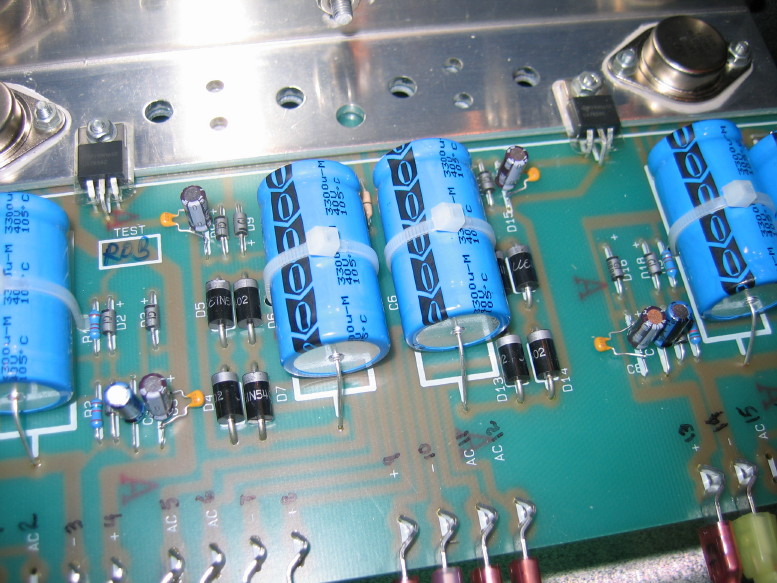



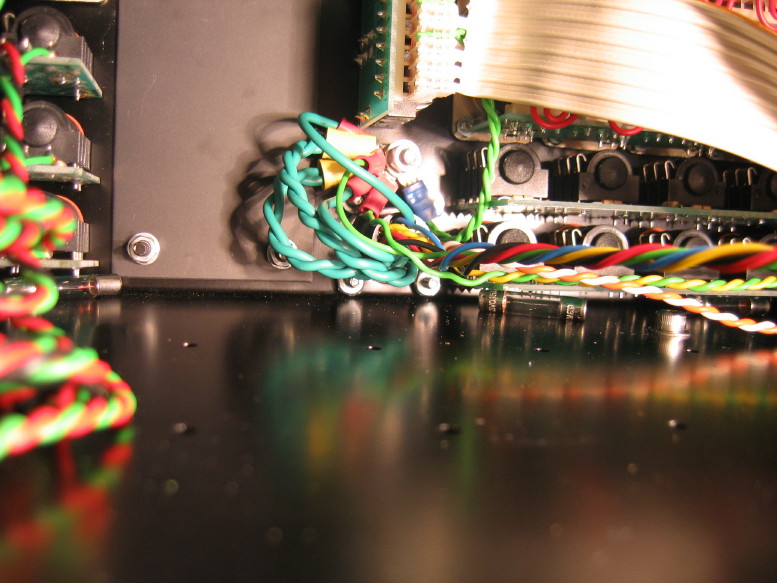

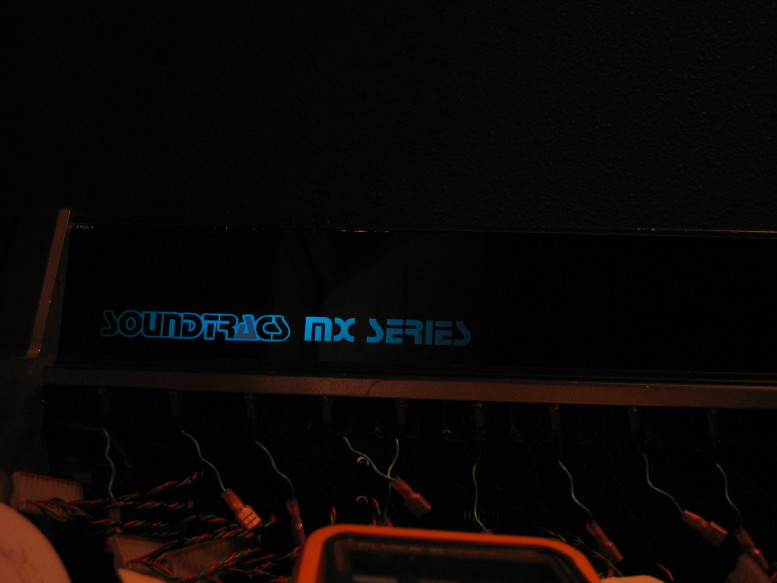
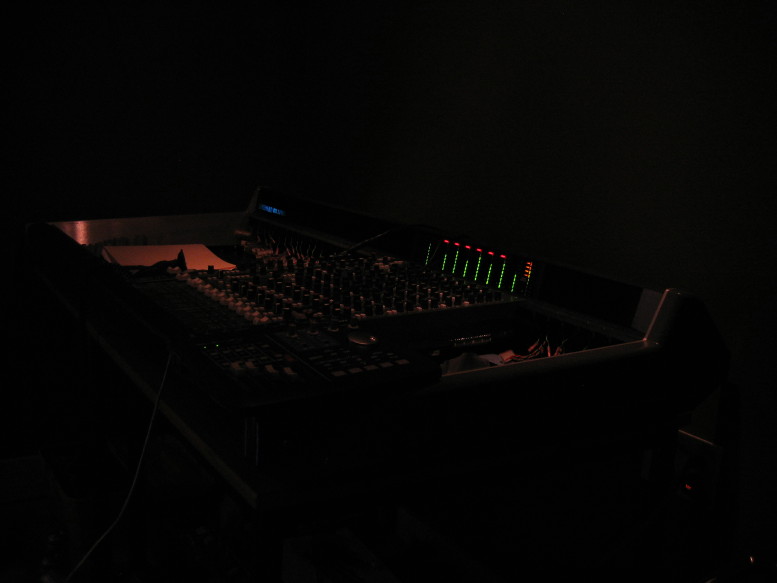

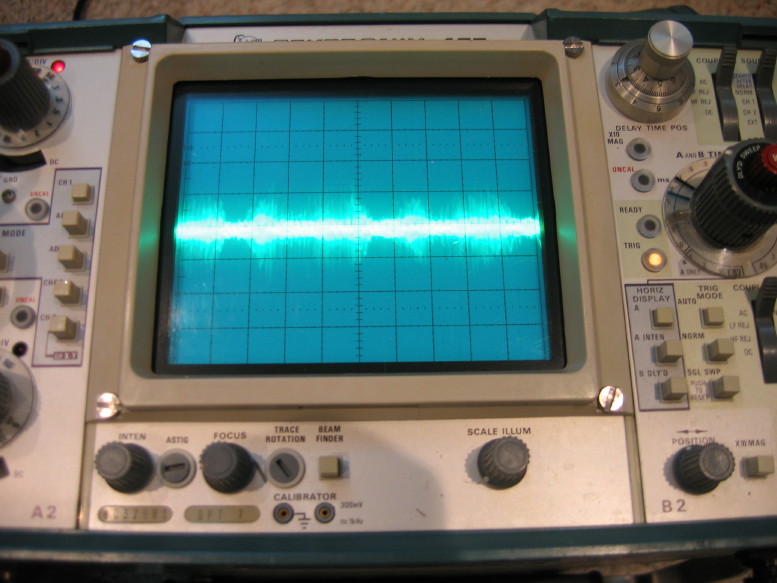
 Moved the lead to the other side of the jack and all is good now.
Moved the lead to the other side of the jack and all is good now.
 .......
....... 